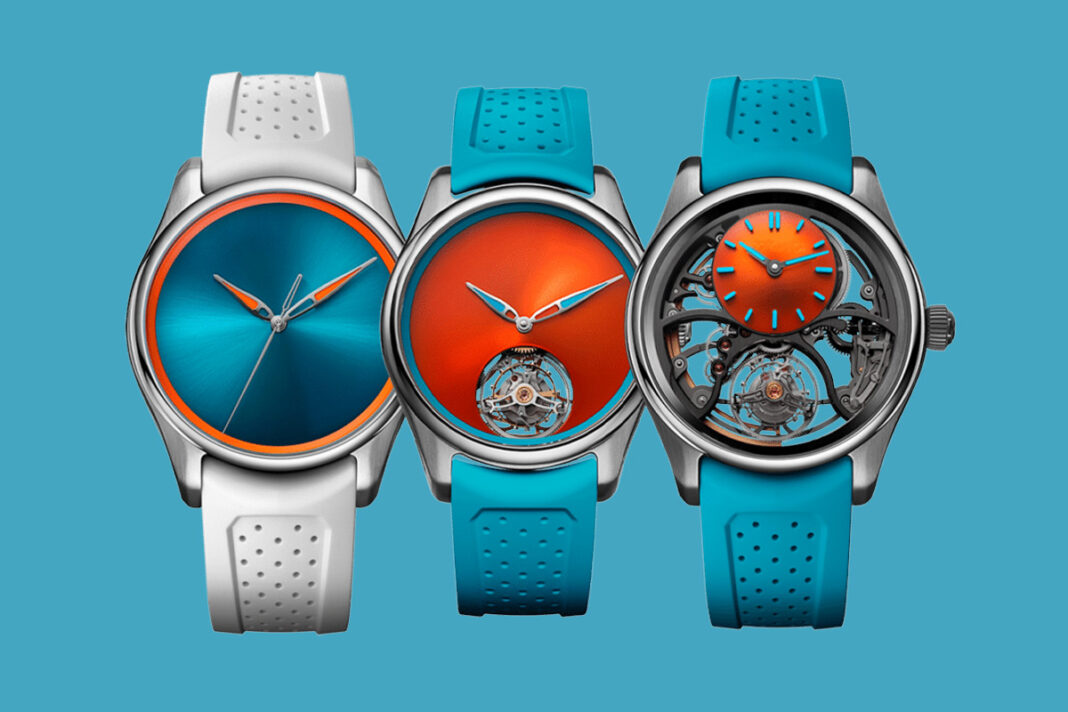When you think of Omega, you likely picture a Moonwatch, a Seamaster on James Bond’s wrist, or the Olympic Games. But behind these familiar images lies a rich and often surprising history that has shaped modern watchmaking in more ways than one. This article explores ten lesser-known facts that reveal just how much influence Omega has had — and continues to have — on the industry.
Origins of Precision

1. Industrial Standard Comes to Watches
Omega’s founding in 1894 was a turning point: the 19-ligne “Omega” movement introduced industrial-scale interchangeability—a first for Swiss watchmaking—which allowed swifter repairs and uniform quality. It laid the groundwork for modern production techniques and positioned Omega as a pioneer of watchmaking efficiency.
2. Dominating Observatory Trials
Well before certification became a buzzword, Omega was a powerhouse at chronometry competitions like Kew‑Teddington, consistently topping precision rankings and defining what it meant to be accurate. The brand treated timekeeping not just as marketing, but as a competitive sport in its own right.
Pushing Boundaries of Adventure

3. Deep‑Sea Pioneer
In 1936, Omega equipped the Bathyscaphe FNRS-2, diving waters before Rolex made headlines with its Deep Sea Special. Though this mission received little fanfare at the time, it demonstrated Omega’s early commitment to underwater durability nearly 20 years ahead of its more publicized rivals.
4. Speedmaster Eclipses All Testing
NASA’s brutal qualification tests — including thermal shock, extreme vibration, and explosive decompression — left only the Omega Speedmaster standing. Its survival wasn’t based on brand prestige, but on engineering resilience. This is why it became the Moonwatch, worn by astronauts during the most iconic human missions beyond Earth.
Innovation in Every Movement

5. First Commercial Tourbillon
In 1947, Omega created the Caliber 30I tourbillon wristwatch movement for observatory trials — the first ever built not just as a concept but as functioning pieces. Though never sold to the public, their record-breaking accuracy made a statement: Omega wasn’t just participating in horology’s evolution, it was driving it.
6. Anti‑Magnetism Long Before Trends
The Railmaster, released in 1957, addressed real-world challenges for professionals working near strong magnetic fields. Decades before other brands embraced the trend, Omega was already prioritizing magnetic resistance, a legacy that continues today with its Master Chronometer movements capable of withstanding 15,000 gauss.
Cultural Impact & Legacy

7. Olympic Timing, Reinvented
Since becoming the official timekeeper of the Olympic Games in 1932, Omega has revolutionized the way we time athletic performance. From pioneering photo-finish cameras to developing electronic timing systems, Omega didn’t just keep time — it changed how we understand it in sports.
8. Bond’s Seamaster: A Story Decision
When costume designer Lindy Hemming chose the Seamaster for GoldenEye in 1995, it wasn’t about celebrity partnerships. She picked it because it made sense for a Royal Navy officer. That authenticity helped the Seamaster become an icon and redefined James Bond’s relationship to wristwatches — grounded in storytelling, not marketing.
Design Language That Echoes On

9. Aesthetic Archetypes
Omega’s case profiles, lyre lugs, and dial textures have become touchstones of modern watch design. Whether it’s the Constellation’s symmetry or the Speedmaster’s sunburst finishing, the brand’s visual language continues to influence both high-end competitors and microbrands alike.
10. Cross‑Cultural Credibility
Omega has managed what few brands can: technical legitimacy and cultural resonance. Its watches are worn by astronauts, divers, athletes, and actors — not just for endorsements, but because of their genuine versatility. That universality has made Omega a cornerstone of horology that resonates across styles, functions, and eras.
Conclusion

Framing these ten facts within themes — from precision origins and technical breakthroughs to cultural resonance — reveals Omega’s deep and multifaceted legacy. It’s a brand that has consistently bridged craftsmanship and storytelling, setting standards that persist in modern watchmaking. Its history reminds us that truly great watches are built not only with skill, but with purpose — and that’s why Omega remains endlessly fascinating. This is the kind of story any enthusiast would love to rediscover, because every tick still tells a tale. If you liked it, you will love the untold story of the Omega Speedmaster !



